Renowned sculptor Anish Kapoor is in Sydney ahead of his first major Australian exhibition at the MCA. Owen Lynch reports.
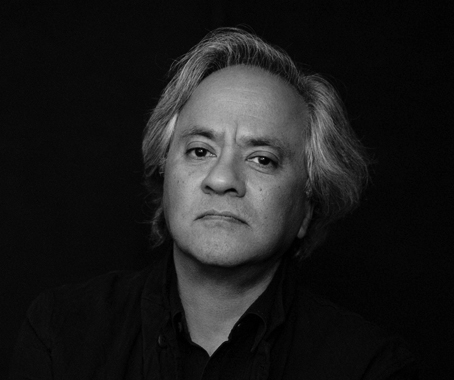
December 19th, 2012
An unassuming man, Anish Kapoor quietly enters the room without any of the fuss and ceremony you might expect of an artist of this calibre.
Nearing 60, he begins by expressing his intent in curating this show was to avoid it becoming merely a backward glance at almost four decades of commissions and personal work.
“I feel relatively young and I’m still making work of course, so I’m not that interested in doing retrospectives,” he asserts “…but I did want it to be a sort of survey that would allow the development of further ideas.”
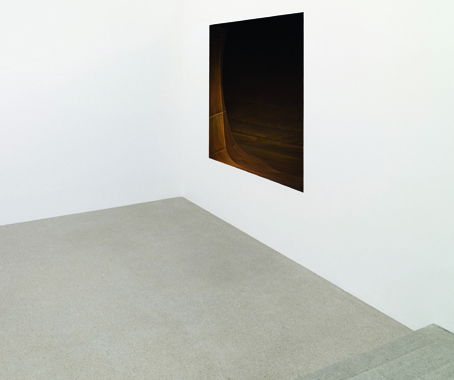
Memory (b) 2008
Over two floors of the recently refurbished MCA, Kapoor’s explorations of illusory effects, scale and texture don’t fail to astonish and charm.
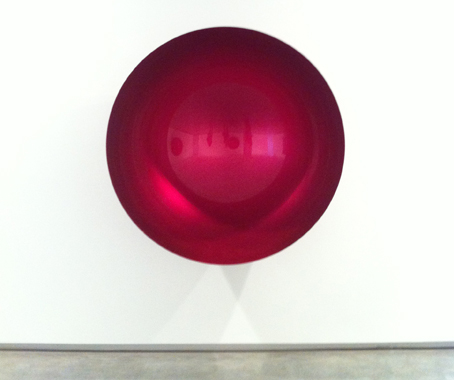
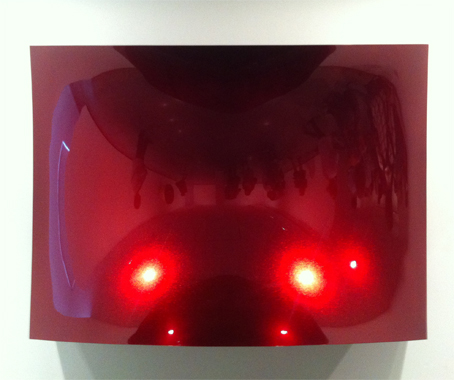
New Kapoor Collections
While the famous pigment pieces are very much spatially concerned and almost disorient the viewer, they essentially explore colour “…as a material, as stuff, pointing at this notion of something that isn’t fully what you expect it to be or isn’t always as it describes itself, an object that sits somewhere between painting and sculpture.”
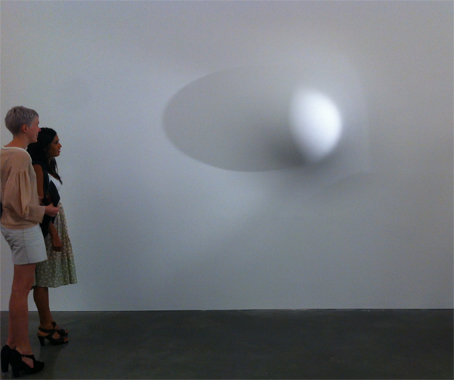
This refraction of realism is only too well represented in the extent of the mirrored works on display; some pieces feature such near-perfect reflective surfaces that have taken ten years to refine, others reprise the gallery scene by curiously disturbing the light and redistributing the viewers image and environment.
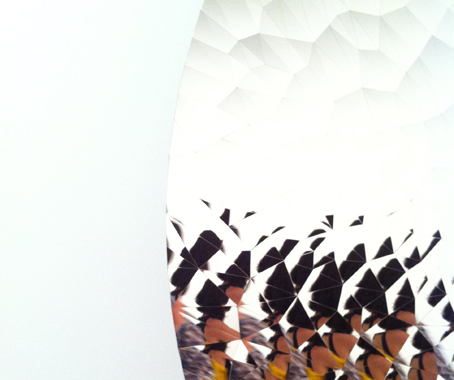
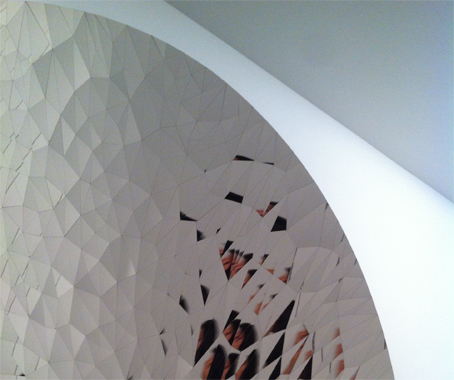
Untitled 2010
Pressed on his recent controversial comments regarding the standard of most pieces of public art, he refused to be drawn on criticising other artists but offered his appraisal of what he saw was the essential short fall in many installations:
“What we have to avoid is making a bit of decoration on the lawn – that’s been sadly, for far too long, a tradition.”
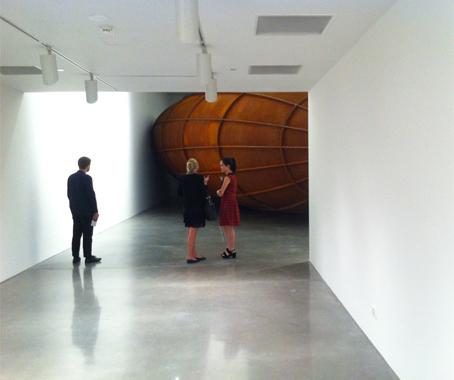
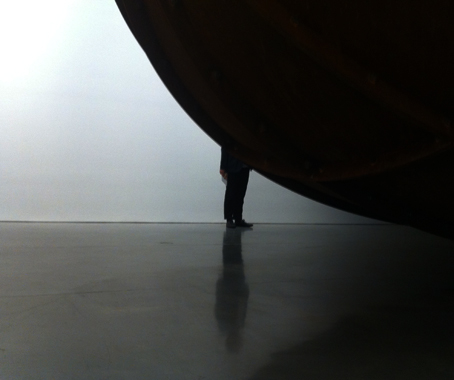
Memory 2008
Citing the neighbouring Sydney Opera House and Harbour Bridge as prime examples where dimension had contributed to the success of something that might be considered sculptural:
“We live in cities with big objects, mostly buildings, few of them have scale. There’s been a long tradition in contemporary art of an embarrassment about scale. I don’t understand why. Scale is one of the tools of sculpture; we need to work with it. If public art can engage that properly it can perhaps deal with questions of wonder and awe and real communal engagement and I think that’s something we have to take on.”
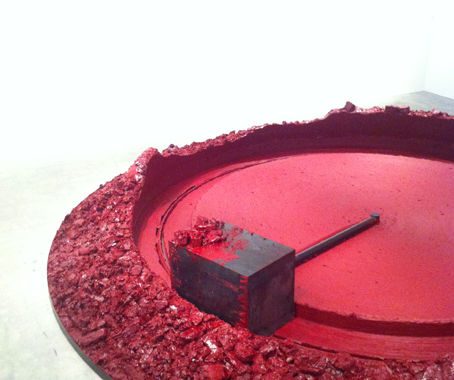
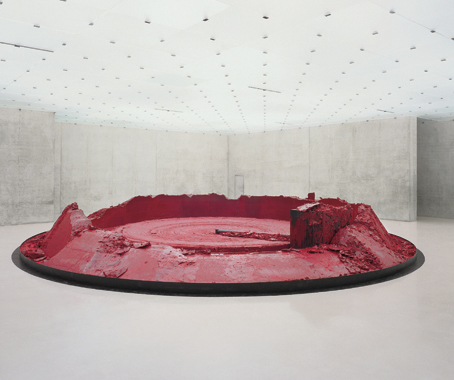
My Red Homeland 2003
With the success of Anish Kapoor the materially-inquisitive artist, comes the vast number of commissions and commercial projects – many of which have punctuated the highest and lowest points in his career.
The ArcelorMittal branded Orbit Tower, commissioned for the 2012 London Olympic Games site earned itself the title of the tallest sculpture in England; with that also came heavy criticism for it’s “awkward” appearance. Possibly his most hotly debated work.
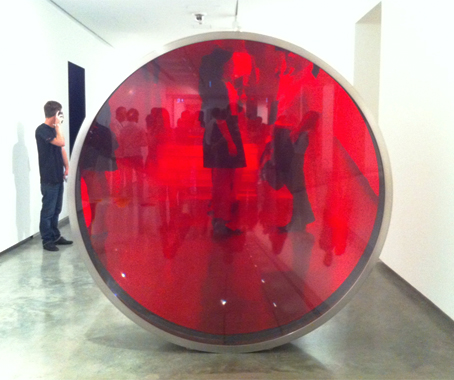
Musing on what makes his work otherwise quite successful and highly-sought after:
“It’s a risky business. I’m grateful people want to engage – I think the truth of the matter is that art is good at something called intimacy. Its good at saying ‘come over here and come and be part of this”
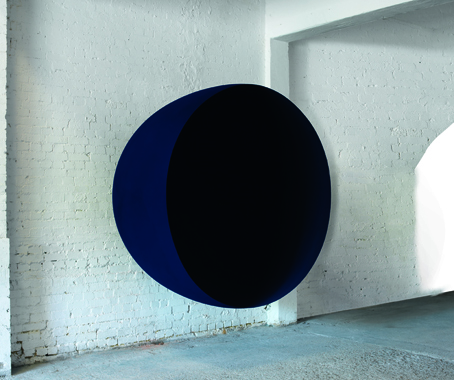
Void 1989
“I also feel that one can’t make art, at least I don’t want to make art, that is distinct of the viewer; that doesn’t address the viewer, (i hope) that every work does in some sense address a specific if somewhat philosophical viewer and in so doing there is a particular kind of …perhaps even very manipulative process at play.
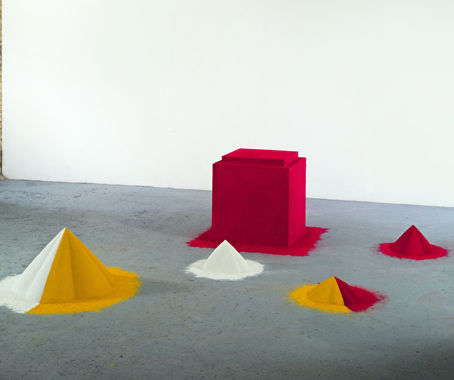
1000 Names 1979-80
“In sculpture particularly – you’re expected to stand in a particular way. It is about a very specific address to your body and therefore to your mind and therefore to all the rest. That has a kind of personal demand of personal engagement… and maybe that thing is something we want and need.”
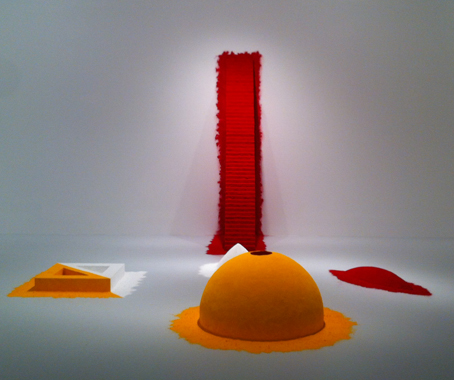
1000 Names 1979-80
For a man concerned with the scale of things, Anish Kapoor’s MCA exhibition may not be his largest undertaking, though it may be one of his more enlightening. The breadth of the artist’s explorations’ that are exhibited prove effortlessly engaging.
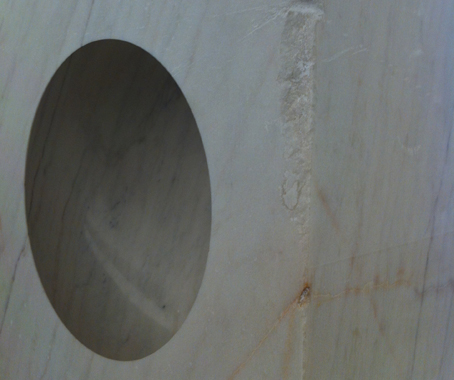
“The spaces here aren’t the easiest in the world. Some lend themselves to any work and some require much more – I think difficult spaces can really help in making a show because one has to be very particular about what’s going where.”
Anish Kapoor – MCA, Sydney: 20 December 2012 – 1 April 2013
Museum of Contemporary Art
Anish Kapoor
A searchable and comprehensive guide for specifying leading products and their suppliers
Keep up to date with the latest and greatest from our industry BFF's!

Elevate any space with statement lighting to illuminate and inspire.

Vert, an innovative demountable pergola designed for urban greening, is reshaping the way we think about sustainability in urban architecture.

Following its successful inaugural event in early 2024, the Vietnam International Trade Fair for Apparel, Textiles, and Textile Technologies (VIATT) is gearing up for its next instalment in 2025.

In this candid interview, the culinary mastermind behind Singapore’s Nouri and Appetite talks about food as an act of human connection that transcends borders and accolades, the crucial role of technology in preserving its unifying power, and finding a kindred spirit in Gaggenau’s reverence for tradition and relentless pursuit of innovation.

Terrazzo is a type of material used in flooring and wall treatments. It is known for its speckled appearance.

Say what you will about the administration of China, they sure know how to address a lack of medical facilities in the face of a crisis.
The internet never sleeps! Here's the stuff you might have missed

The $160 million transformation of 500 Bourke Street in Melbourne’s CBD has revitalised a 1970s Brutalist icon, originally designed by Godfrey & Spowers.

Fluid and flowing, Cocoon is a school that, through its architectural form, enhances the day-to-day rituals of learning and elevates the experience for the very young.